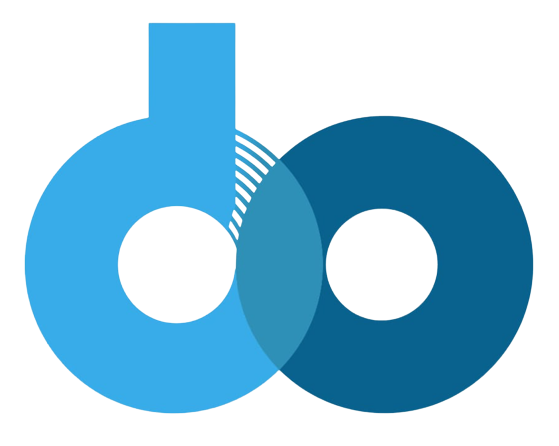Imagine a world in which there are no middlemen involved and transactions occur instantaneously, safely, and transparently. It seems too good to be true, doesn’t it? That’s precisely what blockchain technology, which is a ground-breaking invention and is ready to drastically alter how we communicate and do business, promises to deliver. Come to think of it, what it actually is and how does it function?
Imagine a blockchain as a shared record of transactions that is duplicated across many computers, or nodes, in a network. This is similar to a digital public ledger. Every transaction—financial, medical, or otherwise—is combined into a “block” that includes information such as participants, timestamps, and data. The blockchain gets its name from the way these blocks are joined chronologically together using encryption to create an unbreakable chain.
What then makes blockchain technology unique? Here are three important ways that makes it unique:
1. Decentralization
2. Immutability
3. Security
These characteristics create a wealth of opportunities that go far beyond Bitcoin and other cryptocurrencies. For example, DoCoin, a web 3 ecommerce platform, uses blockchain technology to power a transparent and safe web 3.0 e-commerce platform. DoCoin users can trade goods with confidence because they know that the decentralized network will protect their transactions and keep an immutable record of them. To further improve efficiency and trust, DoCoin incorporates smart contracts, which are self-executing contracts that automate procedures and do away with the need for middlemen.
However, how does the magic occur? This is a condensed explanation of how a blockchain transaction functions:
- Initiation: A user starts a transaction on DoCoin, for example, by making a purchase.
- Broadcasting: The network receives a broadcast of the transaction.
- Validation: Using consensus techniques, miners—individual computers providing processing power—confirm the authenticity of the transaction.
- Hashing: By resolving challenging math problems, miners create a special hash for each transaction.
- Block Creation: The verified transaction and its hash are added to a new block.
- Chain Update: The public ledger is updated when the new block is connected to the current chain.
This condensed explanation illustrates how blockchain transactions work in a safe and efficient manner. But the technology is still developing, and there are many different kinds of blockchains with distinct features and consensus methods.
It is important to keep in mind that blockchain has the potential to revolutionize a number of industries. Applications range widely and include voting systems, supply chain management, healthcare, and intellectual property protection.
Blockchain is already causing waves in e-commerce, as DoCoin shows, encouraging security and trust in online transactions. This ground-breaking technology has the power to completely change the way we live and make the future more efficient, transparent, and safe for everyone if further research and development is done.
